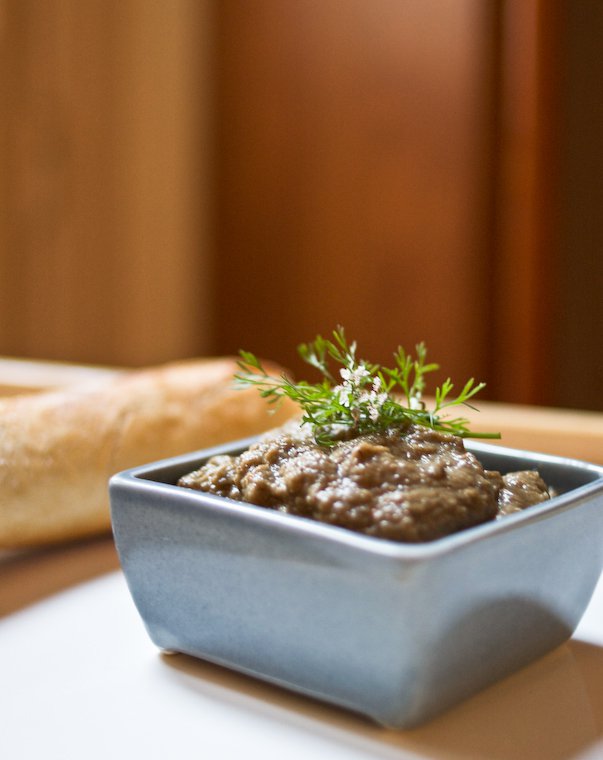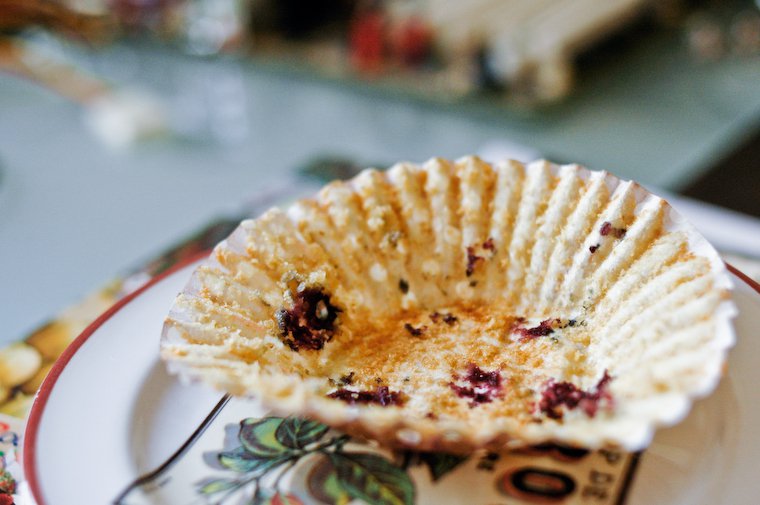When I recovered my kitchen after seven weeks (seven! weeks!) of renovation chaos — and this was just to redo the bathroom, mind you — the very first thing I made was a yogurt cake, to fortify us through our next mission: the meticulous cleaning of, well, the entire contents of our apartment, which we had ill-protected from the dust storm. (Never again will we underestimate plaster and tile.)
And as soon as our home regained a sense of cleanliness and harmony, I was able to pick up my cooking life where I’d left it seven weeks (seven! weeks!) earlier, and — oh, the bliss — return to the Batignolles farmers’ market. “Where have you been all summer?” my produce vendor asked, as I went on a bit of a vegetable shopping spree.
I rode home on a cloud, unloaded my baskets into my squeaky-clean vegetable drawers (I’d also scoured the fridge while I was at it), and started to plot ways to use my loot. Of particular concern to me were the fist-sized eggplants I had fallen for, so shiny you could use them as pocket mirrors (handy when the contractor has yet to afix the mirror above the bathroom sink).
You see, I am hopeless with eggplant. The only way eggplants and I get along is when I reaffirm my authority by roasting the living daylight out of them. I usually go on to make my neighbor Stephan’s eggplant caviar, the recipe for which is featured in my first book, but I was in the mood to try something a little different this time.
Coincidentally, I had just received a review copy of Janna Gur’s Book of New Israeli Food, an enticing book that’s as much about the food as it is about the people and daily life of Israel. And on page 28, the author quotes an Arab adage that made me laugh: “If your future bride can’t prepare eggplant fifty different ways — don’t marry her,” it says.
Janna Gur goes on to give about a dozen, which is a lot more than most cooks have in their repertoire, I daresay, yet still leaves them to do a bit more research if they are to be ready when an Arab prince comes to whisk them away.
Among Gur’s suggestions are eight mini-recipes for dips and salads that involve just a few ingredients, and because I had goat’s milk yogurt in the fridge, the one that tempted me most was the Roasted Eggplant with Yogurt. It went something like this, “add 2 cups yogurt to the flesh of 2 roasted eggplants; add crushed garlic, salt, black pepper, and, optionally, chopped mint and coriander leaves.”
I ended up preparing mine a bit differently — see recipe below — and was delighted with the use of yogurt, which gives the dip a rich, creamy texture, yet keeps it light and tangy. Eggplants are scheduled to stick around for just a little while longer before fall begins in earnest, and this is a fine way to bid them farewell.









